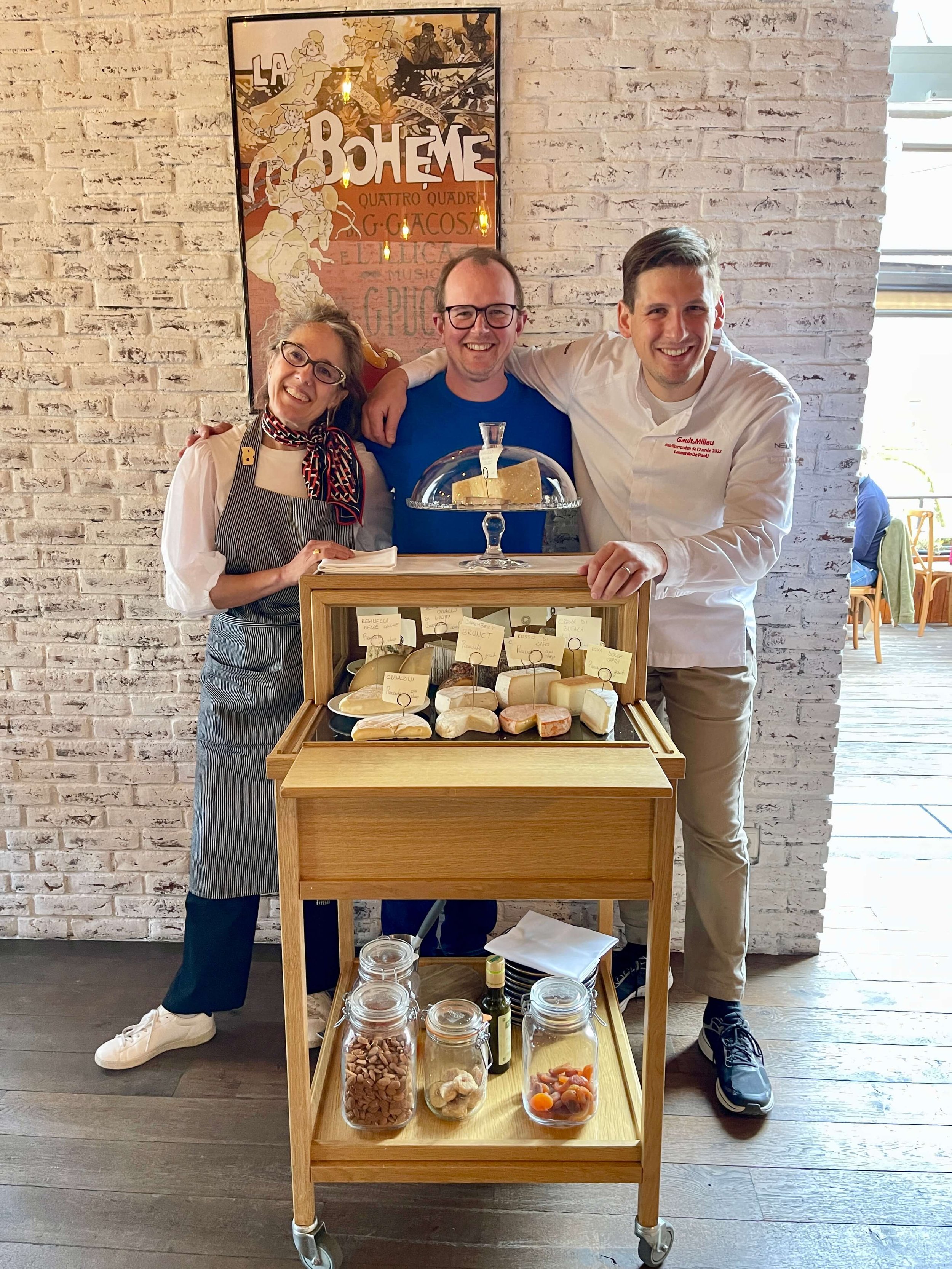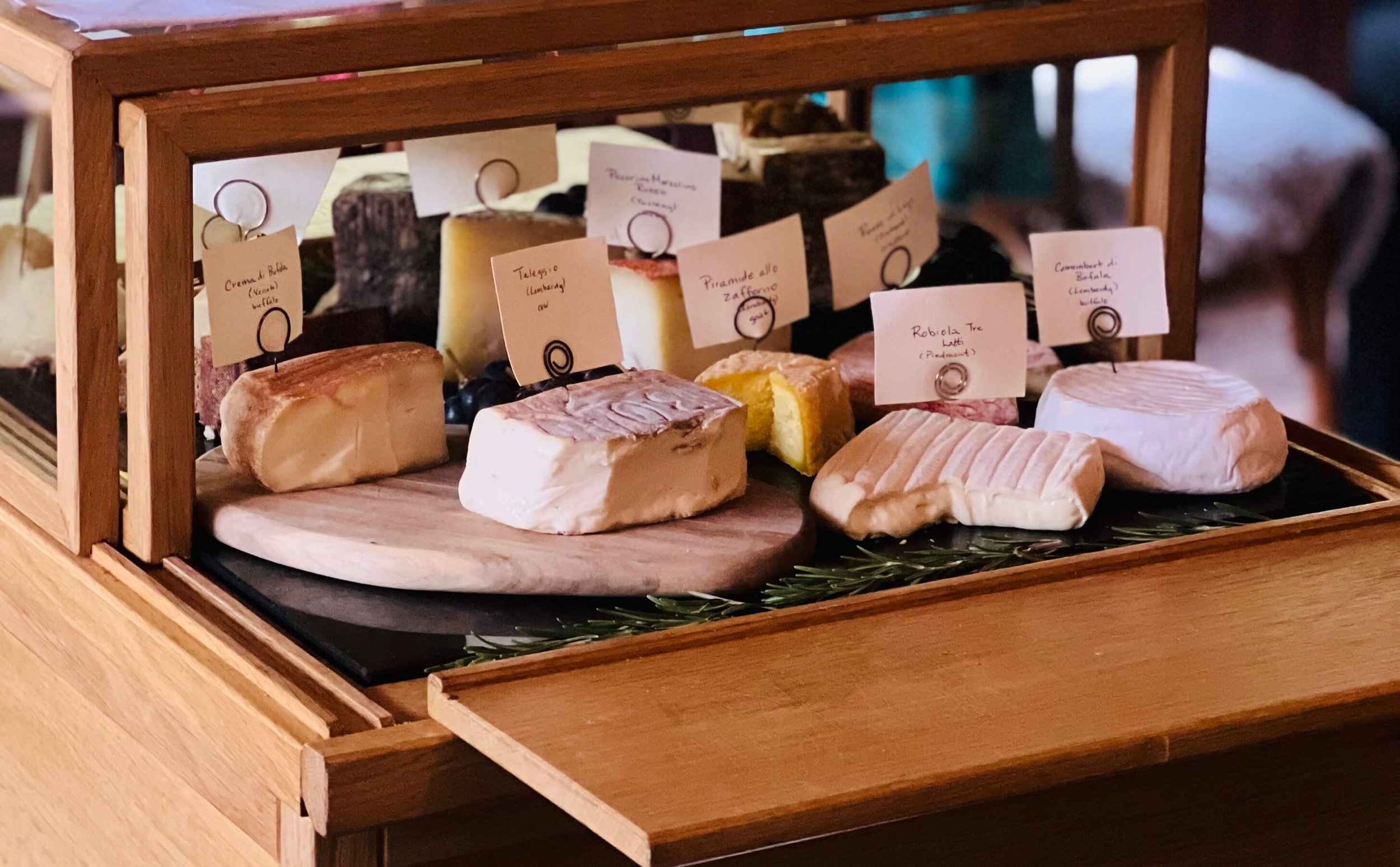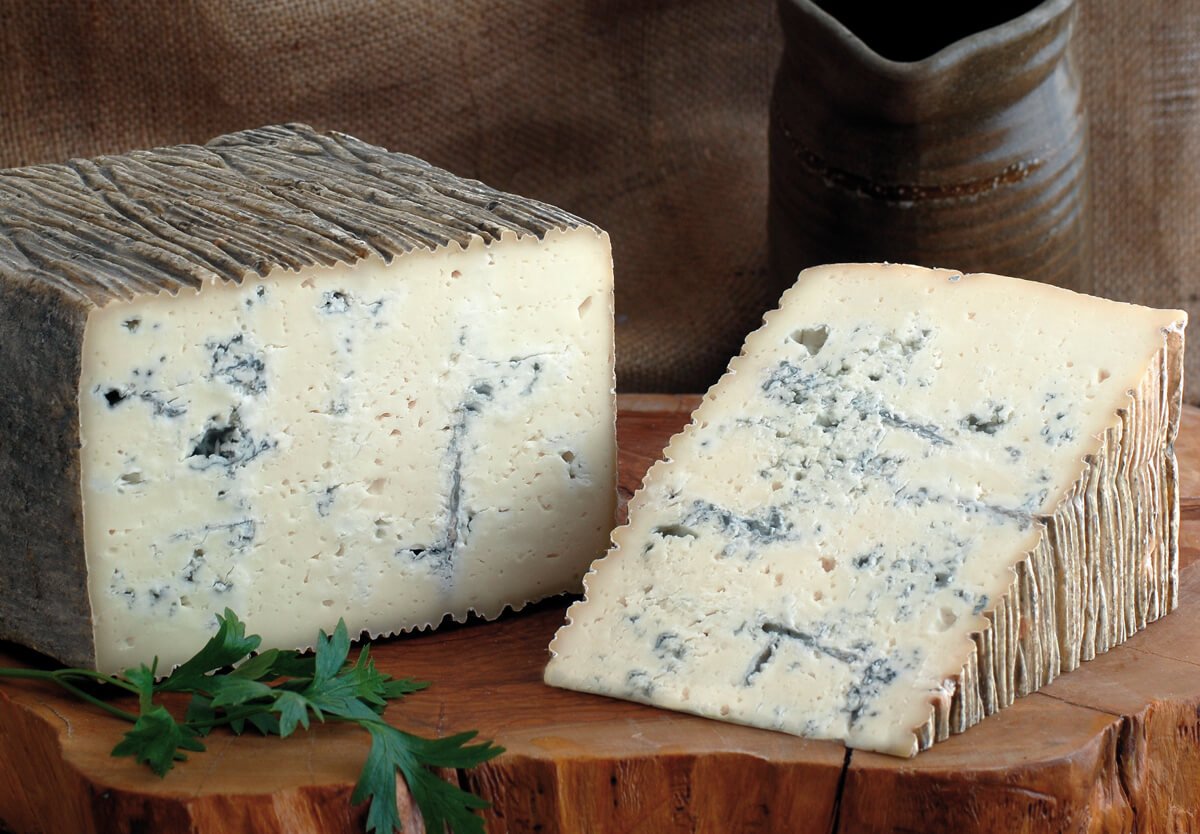5 Tips to Launching a Successful Cheese Cart
Buckle up. If you read the first part of this story, you know the pleasure I found in driving a Cheese Ferrari at Oio in Luxembourg after a decade of teaching cheese classes and running a cheese-centric social media account under the name of Madame Fromage. Today we tackle how to launch a mobile cheese program. If you’ve experienced a cheese cart — probably at a high-end French restaurant, like Daniel in New York (an unequivocal experience) — you may have relegated it in your mind to the dusty corner of fine dining. My goal is for you to reconsider the cheese cart! I believe mobile cheese vehicles could be the future of cheese education. And even cheese marketing.
Why a Cheese Cart?
Most consumers develop a piecemeal appreciation for cheese by reading books, talking to cheesemongers, or watching videos. It takes a lot of curiosity and initiative to teach one’s self about cheese. Unlike craft beer, natural wine, third-wave coffee, and bean-to-bar chocolate — other specialty foods that have grown huge market shares through marketing and education — cheese is rarely connected to a social retail experience, like a bar or cafe. Sure, some cheesemakers offer farm tours and many cheese shops host classes, but finding these requires research.
A cheese cart, like a tiny food truck, is an efficient way to drive wheels into the public eye. Sure, it demands a dedicated staff member to curate it, drive it, and create an experience around it, but once this is in place, the cheese cart becomes an attraction at a restaurant — fueling social media, developing “cheese loving” regulars, and boosting sales of cheese and accompaniments, from dessert wines to special barrel-aged beers. For a cheesemaker or cheese shop, having a cheese or a selection of your cheeses on a cart creates a direct link between your world and the dinner table. Is there better placement?
Tips for Getting Started
Cart curious? Find a collaborator
At Oio, the restaurant where I volunteered as a driver, Chef Leonardo De Paoli launched his program with a loaner -- a stunning vehicle he borrowed from a local affineur/distributor in Antwerp. The affineur cleverly loaned out his cart to restaurants willing to purchase the lion’s share of their cheeses from his business. Brilliant. If you’re a restaurant owner, why not approach a local cheese guild, cheesemaker, or cheese shop about partnering with you? It’s an opportunity to connect to local agriculture, build a relationship with an artisan or group of artisans, and enhance staff cheese knowledge. For a cheesemaker or a cheese shop, your cart could be a chance to reach a cheese-loving public in a whole new way.
Choose a range of cheeses and include some seasonal
Blu bufala photo courtesy of Quattro Potroni
As for selecting cheeses, go for a range of textures and milk types. At Oio, we focused on Italian cheeses to match the cuisine, and our cart reflected a mix of the expected (Parmigiano-Reggiano) and the eclectic (Vento d’Estate, a firm cow’s milk cheese packed in hay). If there was a maker we adored, we might feature a selection; for example, after visiting Quattro Portoni’s buffalo farm near Bergamo, we began sharing their story and offering several different cheeses in their line so guests could taste a variety of buffalo milk cheeses. Bottom line: share what you love. If your driver can say, “How about if I make you plate of my favorites?” you’ll put cheese newbies at ease. Rotate in seasonal cheeses – like an autumnal leaf-wrapped robiola – and you’ll always have a new set of wheels to show off.
Start simply – you can even IKEA hack a cart!
A cheese cart doesn’t have to look like a sports car. Our original “Ferrari” was a custom-built beauty on loan to us so we could try out a cheese-cart program. After we returned it, Chef Leonardo De Paoli and I built a summer “cheese convertible” for under $250 using items from IKEA, including a rolling cart to which he added new wheels, along with baskets, removable boards, and glass domes. This gave him time to order a new cart that was an ideal fit for the space – a 30-seat restaurant with a seasonal terrace that involved maneuvering over an outdoor step.
Market Your Cart!
Let me be clear: not everyone who came to Oio ordered the cheese cart. In fact, many tables did not (on our best days, we served around ten), but almost everyone who dined at Oio knew about it from Instagram. When I rolled it through the dining room, it created an unforgettable spectacle. Diners would point to it, take pictures, and murmur to their friends, “There’s the Cheese Ferrari! Next time, we have to try it.”
The Ferrari was listed on the dessert menu as a “Cheese Experience” and at 19 EU, it included 1.5-ounce servings of 6 cheeses, plus accompaniments. On Oio’s social media, we highlighted new cheeses on the cart and encouraged followers to ask for it. The cart was also a great opportunity to invite members of the media in for tastings.
Designate a driver
Whoever dons the driving gloves should be a passionate advocate for cheese. Reach out to cheesemongers in your community or find a cheese educator who can offer staff trainings, then encourage someone in-house to take ownership of the cart. Having a dedicated cheese cart driver gives guests a person to connect with on the regular. Some restaurants have sommeliers and foragers, so why not have a dedicated dairy chauffeur?
Want to read about what it’s like to drive a cheese cart? Check out Tenaya Darlington’s first-hand account.






